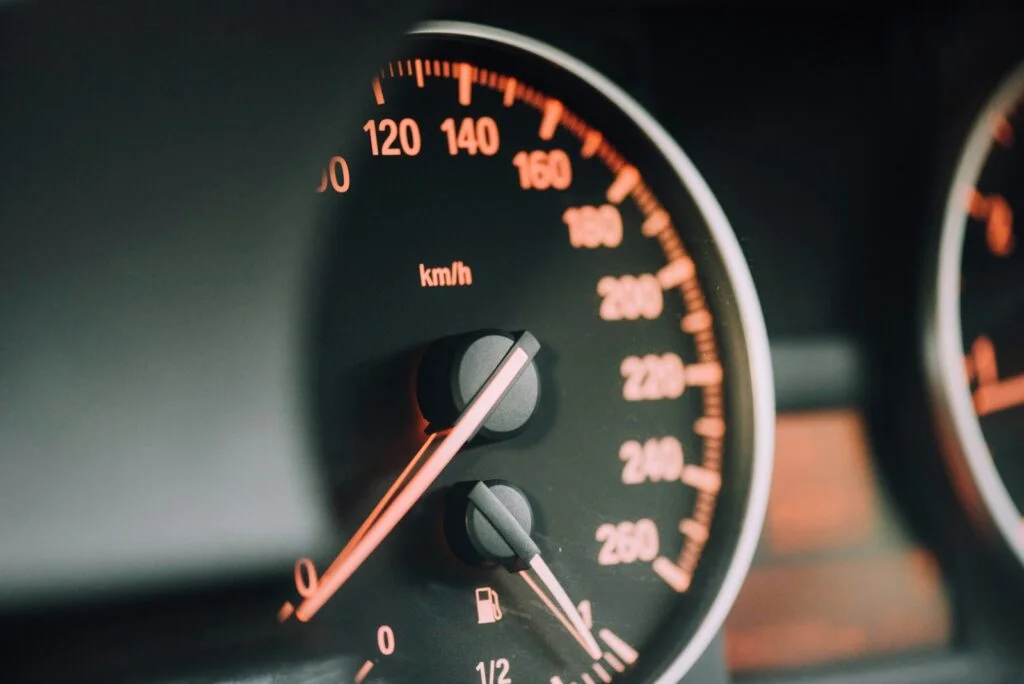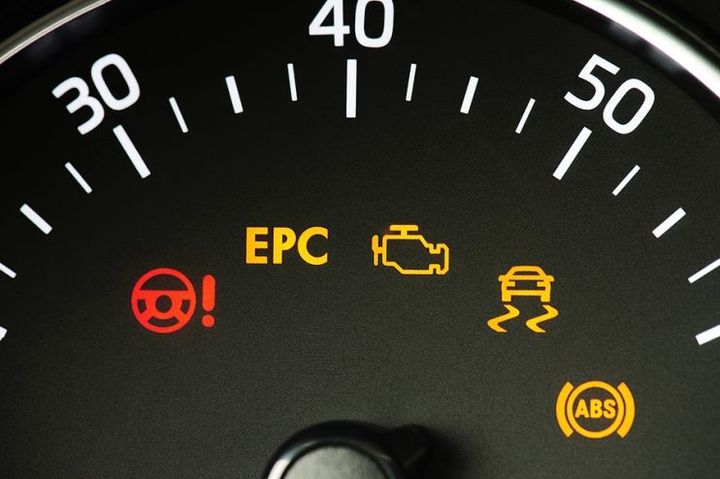


Limp mode is a safety feature in modern vehicles designed to protect the engine and transmission from severe damage by limiting the car's power and performance when a fault is detected. When the engine or transmission control unit identifies an issue, the vehicle automatically reduces its speed, limits RPM, and disables non-essential features to prevent further damage. This mode allows the driver to safely reach a mechanic or a safe location without causing additional harm to the vehicle's critical systems

Before we explore the connection between batteries and limp mode, let's first grasp the concept of limp mode and its significance. Limp mode is a protective measure initiated by the vehicle's computer system when it detects a potential issue that could compromise the vehicle's performance or safety. In this mode, the computer limits the engine's power output, restricts certain functions, and may even prevent the vehicle from accelerating beyond a specific speed.
While limp mode can be inconvenient, it serves a crucial purpose: preventing further damage to the vehicle's components. By limiting the vehicle's capabilities, the computer aims to minimize the strain on the affected systems, allowing you to safely reach a repair facility or a location where the issue can be addressed.
The battery is the heart of your vehicle's electrical system, providing the necessary power to start the engine and sustain various electrical components. When the battery weakens or fails, it can no longer supply sufficient power to the vehicle's systems, including the computer that controls and monitors these systems.
As the battery's charge diminishes, the computer may detect irregularities or voltage fluctuations, prompting it to enter limp mode as a precautionary measure. This is because a weak battery can cause erratic behavior in various electrical components, potentially leading to further issues or even system failures.
There are several reasons why a battery may become weak or fail, leading to limp mode. Here are some of the most common culprits:
| Cause | Description |
|---|---|
| Loose Battery Connections or Corrosion | Over time, battery terminals can become loose or corroded, preventing a proper electrical connection and hindering the flow of power to the vehicle's systems. |
| Defective Alternator | The alternator is responsible for keeping the battery charged while the engine is running. If the alternator fails or is not functioning properly, the battery will gradually discharge, leading to a weakened state. |
| Extended Periods of Inactivity | If a vehicle sits idle for too long without being driven, the battery can slowly discharge, eventually becoming too weak to provide sufficient power. |
| Electrical Shorts or Wiring Issues | Faulty wiring or electrical shorts can drain the battery's charge, causing it to weaken prematurely. |
If your vehicle has entered limp mode, the first step is to diagnose the root cause. Here's how I approach the diagnosis process:
Start by visually inspecting the battery connections for any signs of corrosion, looseness, or damage. Clean the terminals if necessary, and ensure they are securely tightened.
Use a professional-grade battery load tester to evaluate the battery's charge capacity and overall condition. This test will reveal if the battery needs to be replaced or if the issue lies elsewhere.
Ensure the battery load tester is properly calibrated and follow the manufacturer's instructions for accurate results.
If the battery fails the load test, it is likely the root cause of the limp mode issue and needs to be replaced.
If the battery tests good, the next step is to check the alternator's output and wiring. A faulty alternator can prevent the battery from being properly charged, leading to a weakened state.
Use a multimeter to measure the alternator's output voltage while the engine is running. The voltage should be within the manufacturer's specified range.
Inspect the alternator wiring for any signs of damage or loose connections.
In some cases, an electrical short or wiring issue may be draining the battery's charge. Perform a thorough inspection of the vehicle's electrical system to identify and resolve any potential problems.
Use a multimeter to check for voltage drops or shorts in the wiring harnesses and connectors.
Inspect fuses and relays for any signs of damage or failure.
Check for any aftermarket electrical accessories that may be causing excessive drain on the battery.
Once the root cause has been identified, it's time to address the issue and restore your vehicle's functionality. Here are the typical repair steps:

If the battery has failed or is nearing the end of its lifespan, replacing it with a new, high-quality battery is often the best solution. Follow the manufacturer's instructions for proper installation and connection.
Ensure the new battery is the correct size and type for your vehicle.
Clean the battery tray and terminals before installing the new battery.
Securely tighten the battery connections and apply a corrosion-resistant coating.
If the alternator is found to be defective, it may need to be replaced or repaired to ensure proper charging of the new battery.
Follow the manufacturer's recommended procedures for alternator replacement or repair.
After replacement or repair, test the alternator's output to ensure it is functioning correctly.
In cases where electrical shorts or wiring issues are the culprit, a thorough inspection and repair of the affected wiring and components will be necessary.
Use a wiring diagram to locate and identify the affected circuits.
Replace any damaged or corroded wiring harnesses or connectors.
Ensure all connections are secure and properly insulated.
To prevent future battery-related issues, it's essential to follow a regular maintenance schedule. This includes periodic battery testing, cleaning of terminals, and checking for any signs of corrosion or damage.
Follow the manufacturer's recommended maintenance schedule for battery and electrical system checks.
Consider replacing the battery every 3-5 years, depending on usage and driving conditions.
Keep an eye out for any warning lights or indicators related to the battery or charging system.
A bad battery can indeed be the root cause of limp mode in your vehicle. By understanding the connection between the battery and the vehicle's computer systems, you can better diagnose and address the issue. Prompt attention and proper repairs are crucial to ensure your vehicle's safety and reliability on the road.
If you ever find yourself in a situation where your vehicle has entered limp mode, don't hesitate to seek professional assistance from a qualified mechanic. With the right diagnosis and repairs, you can get your vehicle back to peak performance and avoid the inconvenience and potential dangers associated with limp mode.
Dim headlights, slow engine cranking, and electrical accessories not functioning properly are other common symptoms of a weak battery. The battery warning light on the dashboard may also illuminate.
If the root cause is a failed battery, replacing it with a new one should resolve the limp mode issue. However, if the problem lies elsewhere, like a faulty alternator or wiring issue, a new battery alone may not fix it.
Most manufacturers recommend replacing the battery every 3-5 years, depending on usage and driving conditions. Regular testing and maintenance can help extend the battery's lifespan.
Battery corrosion is typically caused by hydrogen gas released from the battery cells reacting with the metal terminals. Loose connections and exposure to heat and vibration can accelerate this process.
No, limp mode is designed as a temporary measure to allow you to safely reach a repair facility. Driving for extended periods in limp mode can cause further damage to the vehicle's components.
Signs of a bad alternator include a dead battery, dimming headlights, and electrical issues when the engine is running. A professional alternator output test can confirm if it needs replacement.
Yes, extreme hot or cold temperatures can accelerate battery degradation and shorten its lifespan. Proper insulation and regular charging can help mitigate temperature-related battery issues.
Clean the terminals using a wire brush and a baking soda solution. Ensure the connections are tight and apply a corrosion-resistant coating after cleaning.
Jumpstarting may temporarily provide enough power to exit limp mode, but it does not address the underlying issue causing the battery to fail or drain. Professional diagnosis and repair are still recommended.
Proper maintenance, including regular cleaning, charging, and load testing, can help extend your battery's lifespan. Avoiding excessive electrical loads and extreme temperatures can also prolong its life.

Sarah isn't your average gearhead. With a double major in Mechanical Engineering and Automotive Technology, she dived straight into the world of car repair. After 15 years of turning wrenches at dealerships and independent shops, Sarah joined MICDOT to share her expertise and passion for making cars run like new. Her in-depth knowledge and knack for explaining complex issues in simple terms make her a valuable asset to our team.














